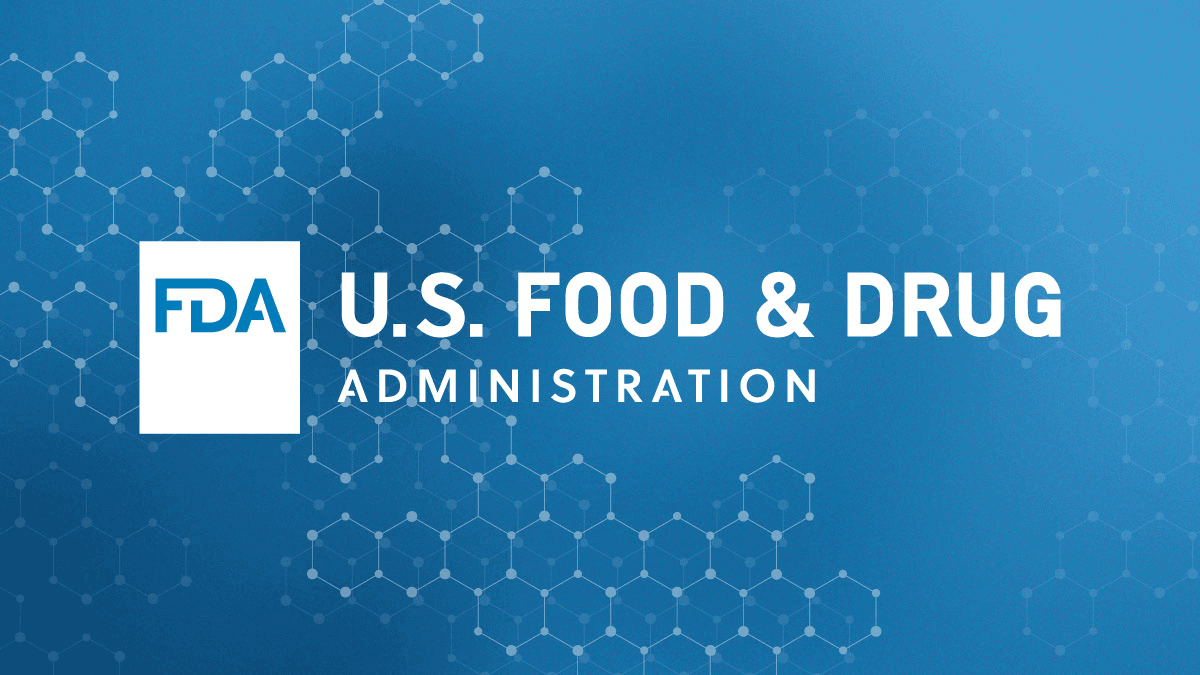Any thought, comments or edits? Planning to send this letter.
Alexandria Fujisaki
Regulatory Counsel, CDER
Food and Drug Administration
10903 New Hampshire Avenue
Silver Spring, MD 20993
United States
Dear Ms. Fujisaki,
I am writing to express deep concern over the recent decision to notify oxandrolone manufacturers that the FDA believes the potential risks associated with this drug are severe enough to warrant its removal from the market. As an informed citizen, I would like to present a case that highlights the important positive and safe uses of oxandrolone for various medical conditions.
Oxandrolone, a synthetic derivative of testosterone, has been used effectively to promote weight gain in patients experiencing HIV wasting syndrome. Several studies, such as that by Grunfeld et al. (2006)[1], have demonstrated that oxandrolone, along with adequate nutrition, significantly increases body cell mass and muscle size in these patients with no hepatotoxicity.
Furthermore, this medication has been safely used to counteract protein catabolism caused by long-term corticosteroid therapy (Goldberg, et al., 1996)[2]. It's also proven to be effective in supporting recovery from severe burns, greatly improving lean body mass, bone mineral content, and muscle strength (Jeschke, et al., 2005)[3].
Notably, oxandrolone is used for the treatment of bone pain related to osteoporosis, enhancing both bone density and quality of life in patients (Bonaiuti, et al., 2002)[4]. It also plays a significant role in the development of girls with Turner syndrome, boosting height velocity and adult height (Menke & Sas, 2010)[5].
Safety and side effect profiles are important considerations for any medication, and it is crucial to remember that oxandrolone has been found to have a favorable safety profile. Studies have demonstrated no liver toxicity when used at clinically effective doses (Schänzer, 1996)[6]. Moreover, oxandrolone has shown minimal virilizing side effects, making it an appropriate choice for pediatric and female patients (Sheffield-Moore, et al., 2011)[7].
While I understand the FDA's responsibility is to safeguard public health, it's essential to thoroughly examine the balance between benefits and risks in real-world clinical contexts. Considering the extensive body of research supporting the efficacy and safety of oxandrolone, I urge you to reconsider this decision. The decision to withdraw a drug from the market should not be taken lightly, especially when it has proven beneficial for many patients who rely on it for necessary treatment.
I appreciate your attention to this matter and look forward to your response.
Sincerely,
Nelson Vergel
Founder, Program for Wellness Restoration
A 501 (c) 3 Organization
References:
[1] Grunfeld, C., et al. (2006). Oxandrolone in the treatment of HIV-associated weight loss in men: a randomized, double-blind, placebo-controlled study. Journal of Acquired Immune Deficiency Syndromes, 41(3), p.304-314.
[2] Goldberg, A. L., et al. (1996). Effects of Oxandrolone on Protein Metabolism in Burned Children. Nutrition in Clinical Practice, 11(1), p. 29-35.
[3] Jeschke, M. G., et al. (2005). The effect of oxandrolone on the endocrinologic, inflammatory, and hypermetabolic responses during the acute phase postburn. Ann Surg. 242(3): p. 384-91.
[4] Bonaiuti, D., et al. (2002). Exercise for preventing and treating osteoporosis in postmenopausal women. Cochrane Database Syst Rev. (3): CD000333.
[5] Menke LA, Sas TC. (2010). The effect of oxandrolone on body proportions and body composition in growth hormone-treated girls with Turner syndrome. Clin Endocrinol (Oxf). 73(2): p. 212-9.
[6] Schänzer, W. (1996). Metabolism of anabolic androgenic steroids. Clin Chem. 42(7): p. 1001-20.
[7] Sheffield-Moore, M., et al. (2011). Short-term oxandrolone administration stimulates net muscle protein synthesis in young men. Journal of Clinical Endocrinology & Metabolism, 86(8), p. 3485-3491.

 www.fda.gov
www.fda.gov






















